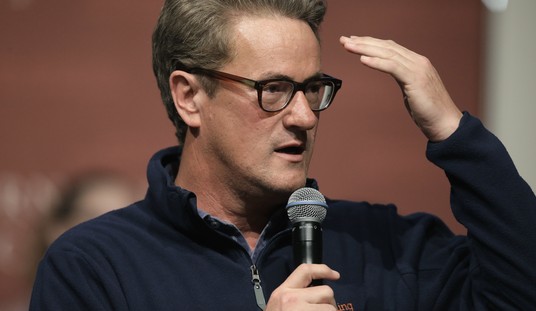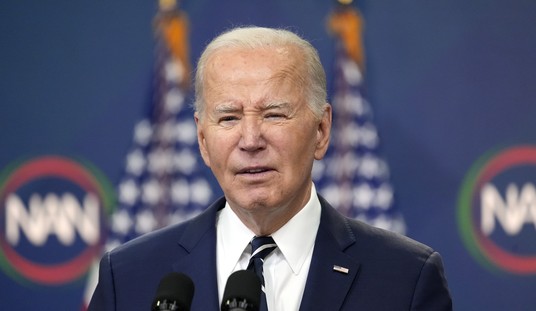Because of the unproven notion that burning fossil fuels causes global warming, saving energy has become the cultural norm with the expectation that reducing the use of coal-fueled electricity and gasoline will help everyone. More and more wind and solar generation is being installed and cars use less and less gas, with some being all-electric. This should be a good thing, but it ends up costing everyone—and disproportionately hurts the poor.
Installing an unsubsidized residential solar photovoltaic (PV) system is expensive and the payoff can be decades. As a result, they are typically purchased by only those with substantial disposable income. A few years ago, I participated in a “solar fiesta.” I live in rural New Mexico where we often have snow on the ground from late October through early March. Due to cost, I only heat my home to 58 degrees in the winter. I have a large south-facing roof surface. I figured I was a prime candidate for a solar PV system. I visited different vendors. When I asked about the payoff, one vendor looked down his nose and emphasized: “It is not about the payoff.” I could not afford to go solar. I still burn pellets in my stove and bundle up all winter.
Those, who can afford the up-front costs to take advantage of the free energy from the sun, can avoid paying their utility company anything. They may even feel smug that they have beat the system. With net metering, when they generate extra power, the meter may literally spin backward. When the sun isn’t shining, they use the power they’ve banked. The end of the month total can balance out.
However, there are still costs to the electric company. The usage is still monitored. The home, or business, is still tied to the grid. The wires and other system services require maintenance and those costs are factored into the per-kilowatt-hour price and are borne by all the rate payers. But what happens when the wealthy few, who have the luxury of installing a solar system, no longer contribute to the communal cost of service? The overall cost must be spread to a smaller pool of users, which means rate increases for everyone—except those who are getting “free” electricity from the sun.
Recommended
Case in point, in Hawaii, government mandates have encouraged the installation of solar systems. In 2011, Hawaii Electric Company (HECO) customers installed nearly triple the number of solar PV panels over the previous year, enough to generate a maximum of 30 megawatts of electricity. While this free electricity is saving homeowners and businesses millions of dollars in their utility bills, the personal savings translate into a $7.4 million loss to HECO—revenue that would typically contribute to fixed maintenance costs and system upgrades. As a result, HECO needs a rate increase that will cost the average ratepayer up to an additional $10 a month or $120 a year. The Honolulu Star-Advertiser reports: “HECO customers who don't have solar panels will see their rates go up because of the increase in customers who do.”
Solar advocates often tout the fact that, with subsidies, a system can be almost free—which makes my point. Where do the subsidies come from? Either government funds—meaning taxpayers (you and me)—or from utility company-funded programs—meaning ratepayers (you and me). Either way, everyone pays for a few to benefit and feel good. In the HECO case, Hermina Morita, PUC chairwoman acknowledges, “It's not equitable. It's something the commission will have to look at closely.”
On a national scale, there are mandates that cause similar problems.
In 2009, President Obama proudly announced new Corporate Average Fuel Economy (CAFE) standards for vehicles: 35.5 miles per gallon by 2016. Just six months ago, to great fanfare, he ceremoniously upped the ante: 54.5 mpg by 2025. The CAFE part is that a company’s overall fleet must have an average fuel economy of 54.5 mpg. Because Americans continue to purchase more trucks and SUVs with much lower mpg, a company must produce cars like the Volt or the Leaf that are measured at 93 and 99 mpg equivalent. Overall the average might come out in the mandated range. The CAFE standards also mean that manufacturers use technologically advanced lighter materials—as a light car gets better mileage. These materials are also more expensive, which increases the sticker price and makes it harder for lower-income people to purchase a new car and may lock them into buying used cars, with lower mpg and frequent expensive repairs.
Like the solar PV users in Hawaii, drivers of electric cars are using the infrastructure, but not paying for it. Drivers of high-mileage cars are using less gas and, perhaps, driving more. Because a good portion of highway construction and maintenance is paid for through gasoline taxes, many states are now looking for additional ways to collect needed funding. While Kansas has only two dozen Chevy Volts registered in the entire state, a bill has been proposed that would impose a new fee on electric- and hybrid-car owners—though it is unlikely to pass. In West Virginia, lawmakers are considering a “user fee” to make up the shortfall in the State Road Fund. Citing “less gas tax paid” due to “the fuel efficiency of new vehicles, especially hybrids and alternative-fuel vehicles,” Oregon has been testing a mileage-based charge where a point-of-sale system sends data to a central computer that calculates the mileage fee. Washington, DC, is considering a system where a “transponder would calculate the totals” “and drivers would be charged accordingly when they purchased gas.” Until new systems are in place (despite their big brother-like implications), those who can afford the more expensive, low mpg or electric, vehicles are beating the system by using infrastructure they are not paying for and sticking the rest of the population with the tab and increased operating costs resulting from bad roads. The wealthy, who are saving energy, are increasing costs for everyone.
Like solar power, wind energy is believed to be a saving—by reducing the burning of fossil fuels. Instead, it costs all of us, as the industry is heavily subsidized. Without taxpayer funding, it will fail, which is why advocates have been lobbying for an extension of the twenty-year-old production tax credit. But this supposed energy-saving technology would also cost all ratepayers more. A recent report on wiring wind energy shows that costs are nearly double what had been estimated. The increased costs will be paid through higher rates. Building a new gas-fueled power plant near the consumers would be cheaper than bringing the wind energy from afar. But once again, the few are benefitting while the average person pays.
Free energy sounds good. Saving energy makes people feel good. But the costs of these sound-good, feel-good policies hurt those who can least afford it—trapping them in a life of government dependence. Since we do not have an energy shortage, maybe that is the goal of all of these energy-saving policies, after all.

























Join the conversation as a VIP Member